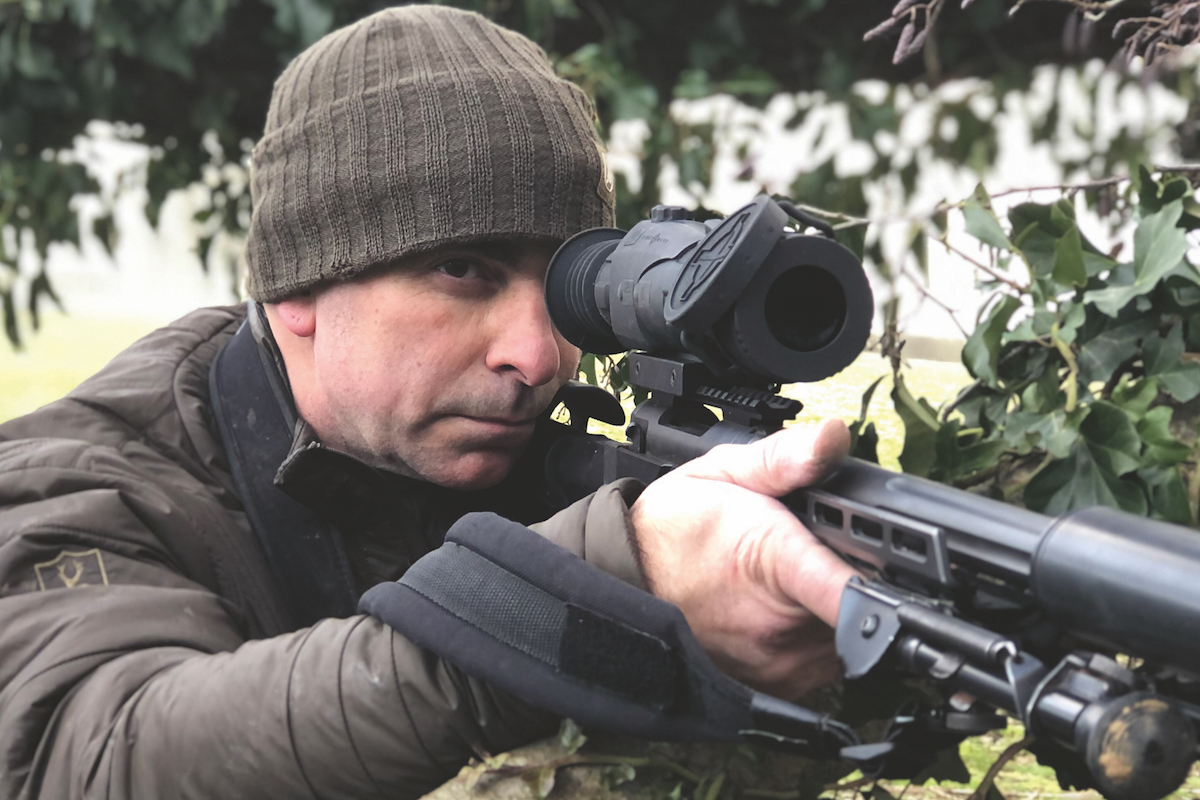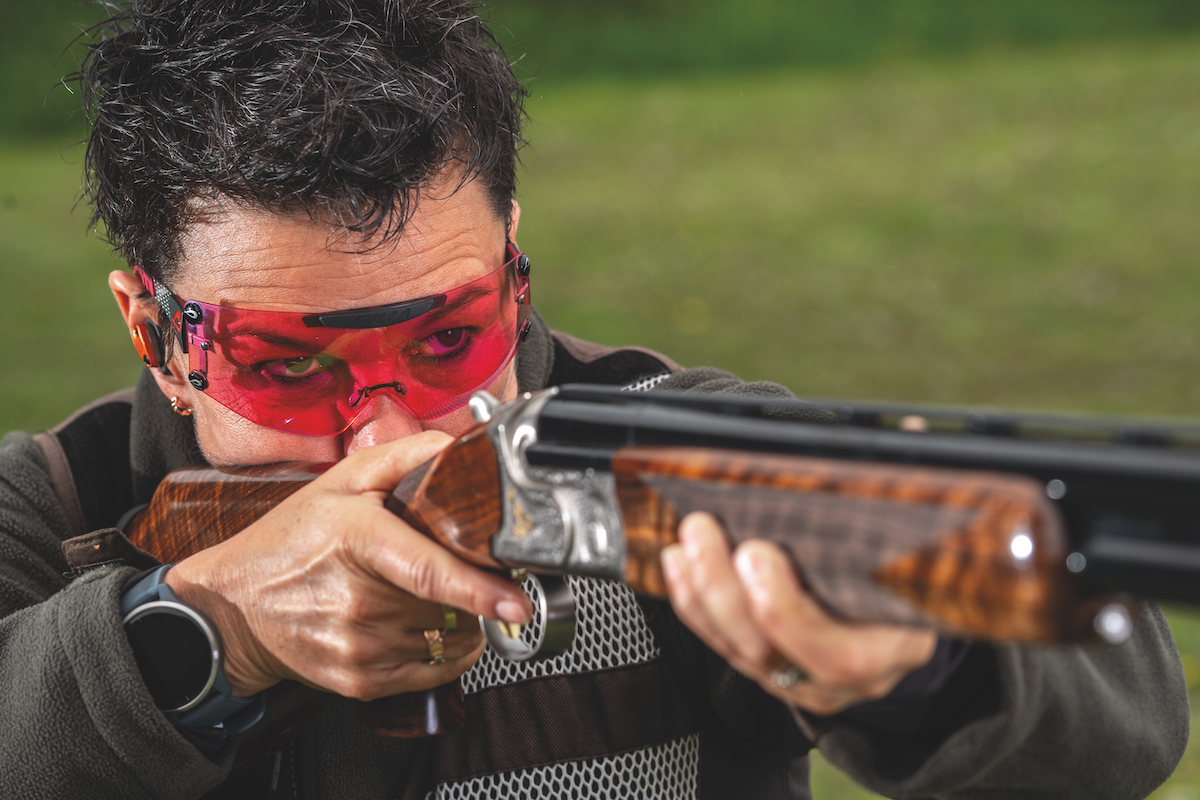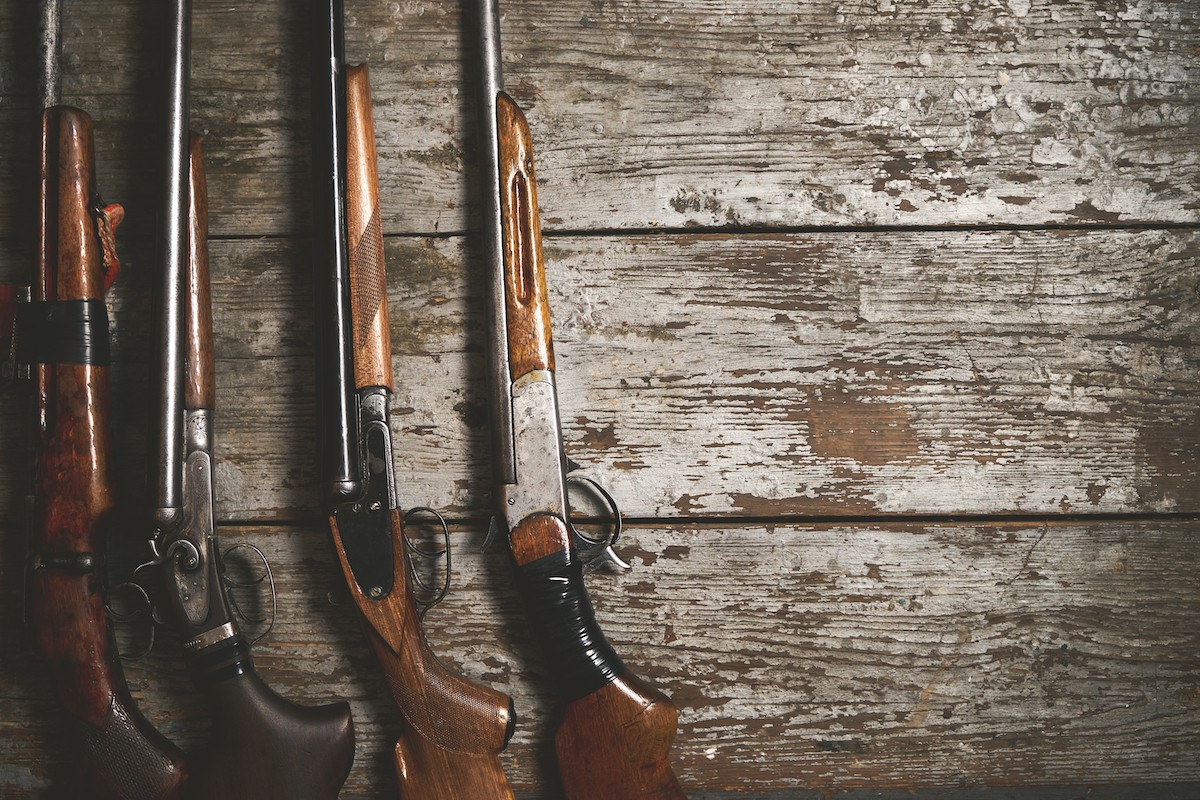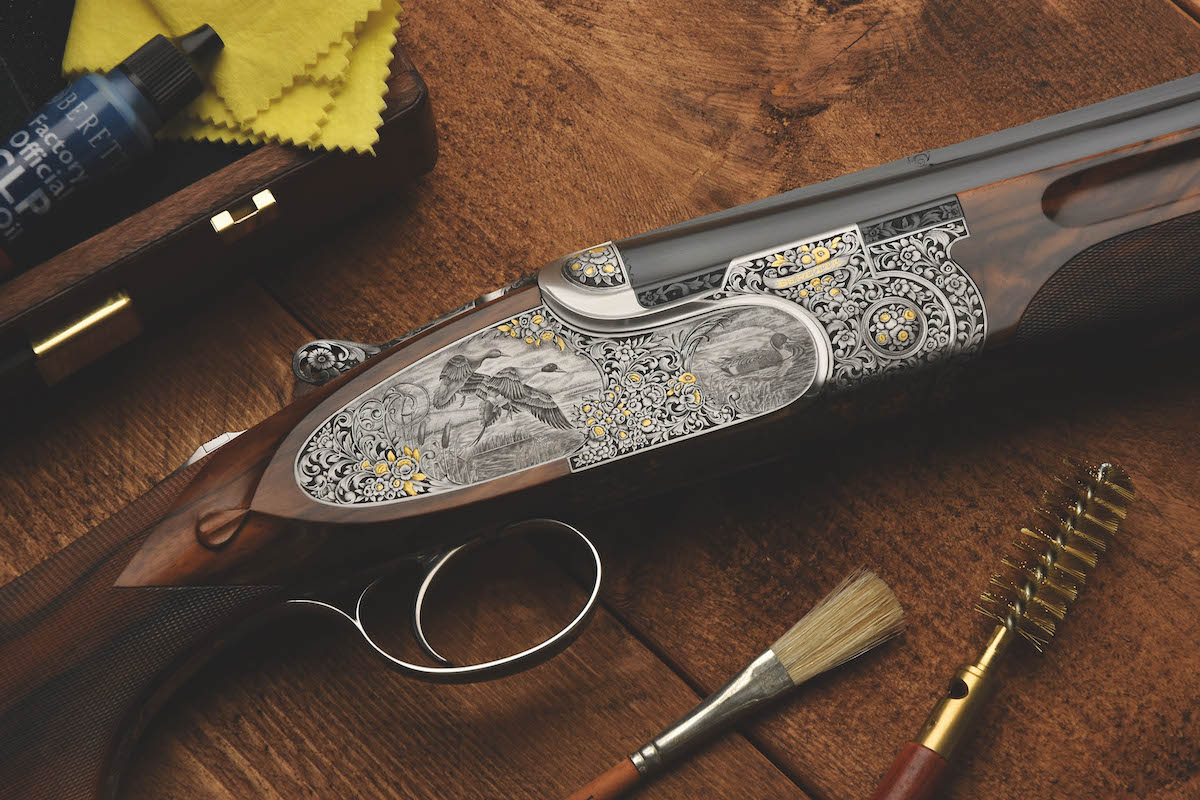Rifles: the essential set-up
Mark Ripley on what to look for when buying or upgrading a rifle to best suit your shooting needs

Mark Ripley breaks down the basics of buying or upgrading a rifle
With so many rifles, calibres, and rifle configurations on offer these days, for the novice buying a rifle, the options can be mind-boggling.
Whether you’re buying a custom rifle, factory rifle or simply wanting to get the most from the rifle you already have, the first thing to consider is what you actually want to achieve from the rifle and what you intend to generally use it for. Sometimes here there will be trade-offs. For instance, you may wish to do a lot of long-range shooting as well as deerstalking with the same rifle.
Now, an ideal long-range rifle might have a stock best suited for prone shooting, a light trigger-pull, heavy contour barrel and high mag scope. None of these are necessarily ideal on a stalking rifle so a compromise will need to be found.
Few of us have the luxury of owning a rifle dedicated to every aspect of the sport we do and firearms licensing departments can also be quite restrictive, especially if you wish to own more than one rifle in the same or similar calibre, which would, in essence, do the same job in their eyes.




 Characteristics
Characteristics
Breaking things down, we can reasonably assume a rifle for deerstalking and foxing duties would require much the same characteristics with, perhaps, the exception of calibre.
So, looking at a purely foxing or stalking rifle, I would be looking for something reasonably lightweight as foxing and stalking often involves lots of walking, crawling and gate-climbing. You also rarely fire more than a couple of shots in quick succession, so a heavy varmint barrel will be of little benefit.
As ranges for most foxing and stalking situations are generally sub-300 yards and you may well be in and out of vehicles and high seats as well as moving through cover, then a shorter barrel is a definite advantage, especially with the additional length of a moderator.
A good stock option would likely be a typical Sporter style stock. Many stocks these days are produced from synthetic materials, which offer both strength and range of styles to suit most tastes. They also offer the advantage of stability in all weather conditions and won’t potentially warp as a timber stock might do.
For the more traditional among us this may not be enough to pull us from the draw of a traditional classic wood-stocked rifle – I must say there is something uniquely beautiful about a well-figured wood stock – and for most hunting situations a wooden stock will do equally as well as any other. Synthetic stocks, however, are often adjustable, which can be a big advantage, particularly so where an adjustable cheekpiece is available for a rifle for foxing and stalking if you intend to swap between glass optics to night vision or thermal.
These days, there is a good range of night/day digital scopes available with standard size objective lenses. However, there are still a lot of night-vision scopes on the market that rely heavily on a large objective lens to gather light. In this instance, you will need to mount the scope higher in order for this lens to clear the barrel, meaning an adjustable comb will be needed to obtain proper eye alignment.
A Picatinny rail is a very useful addition to a rifle (they can be purchased for most rifles if one isn’t fitted) and will allow you to more easily fit thermal or night vision optics and, using quick-release mounts, allow you to quickly and easily swap between day and night scopes with no loss of zero. While on the subject of night shooting, I would also think twice about a stainless-steel barrel finish or any light-coloured finish as this can stand out like a lightsabre at night.
On target
For those wishing to pursue a more target shooting orientated hobby, then again, an adjustable stock can be an advantage to get the best shooting position for accuracy, but a heavy stock and barrel will be an advantage when shooting lots of rounds. A heavy barrel will take longer to heat up so should maintain better consistency and a generally heavy rifle will be both stable and soak up felt recoil much better. A longer barrel may also help to increase velocity, allowing you to squeeze every added advance from your set up on the range.
When it comes to choosing an optic for your rifle, it’s easy to get drawn away from what you actually need. Most stalking and foxing takes place either early morning, late evening or at night. With this in mind, good-quality glass and a larger objective lens will give you a little extra shooting time at the day’s extremities. A variable magnification scope is a useful addition, allowing you to reduce magnification to get the most light transmission, yet still have the extra magnification for longer shots.
An illuminated reticle is also an advantage in these situations, but look for a scope that doesn’t have too bright an illumination or it will wash out the target behind in low light. I particularly like scopes that have a small, illuminated centre-cross or dot for this reason. It’s also a good idea to pick a scope that has clear, solid reticle posts to allow for quick aiming reference in poor conditions or for when every split-second counts. This scope choice will also apply to those using a lamp when night shooting, and for those primarily shooting at night then a good quality day/night digital scope or scope add-on will undoubtedly be the best option.

Calibre choice will depend on your quarry
Calibres
Calibre choice is a whole other topic altogether and one on which you could probably write a book.
For a purely foxing set-up then you won’t go far wrong with the popular flat-shooting calibres such as the .223, .22-250 or .204. For stalking, I’ve always found the .243 an excellent all-rounder, especially on the small to midsize deer, and it’s a calibre that will also carry over as an excellent fox round.

Synthetic stocks are a hard-wearing option, and come in lots of designs
For the larger species of deer, the .308 has always been popular, however more and more stalkers are finding favour in the 6.5mm range of ammunition with its inherent accuracy and good ballistics at longer ranges.
For longer-range shooting, the 6.5mm cartridges are to my mind an excellent choice and well capable to 1,000 yards or more in the right hands. The same rifle benefits as those found in target rifles will apply, but I would also add a Picatinny rail with additional minute of angle (MOA) built into it, as this will allow you more elevation travel on your scope for longer ranges.

An adjustable cheekpiece is ideal if you will be switching optics
Viewpoints
Of course, target shooting requires rather different optics as a rule to that of a hunting rifle, and a finer crosshair and higher magnification scopes are very much an advantage. Also, target-style turrets that allow you to dial in your shots as well as reticles with hash marks or mil dots to help with hold-offs are essential.
Here, I’ve found Element’s range of optics to offer excellent value for money, reliability and precise tracking backed up by a lifetime warranty and well worth considering. It also has various models that comfortably straddle the gap between hunting and long-range optics for those like myself, who dabble in both.

Whichever rifle you go for, make sure it is suitable for your quarry and fits you well
An often overlooked aspect on a rifle is a good-quality scope mount. Here you really don’t want to scrimp, but you don’t need to pay through the nose either. Sportsmatch is a British company offering high-quality reliable mounts at sensible prices, including several quick-release options ideal for swapping from day to night optics.
Last, but not least, I would always fit a sling and bipod to any rifle. Why struggle to carry a rifle in the field without a sling, especially when you will most likely be carrying other kit or perhaps dragging a deer. A sling can also be used to good effect wrapped around the arm to act as a brace when shooting.
Depending on the type of ground you shoot over will dictate how useful a bipod will be to you, as it’s not always possible to shoot prone due to long grass or crops or the lay of the land, but they can be very useful when shooting off the bonnet of the Landy or hay bale. However, I do have one friend who, in his later years, rarely uses one and will never lie prone for a shot, claiming if he gets down he will never get up.








